All the ‘Halloween’ Movies in Order, Separated by Timeline
The Halloween franchise might have the most convoluted continuity in all of horror. This guide explains each timeline, in order, with the precise way you should watch all the Halloween movies.
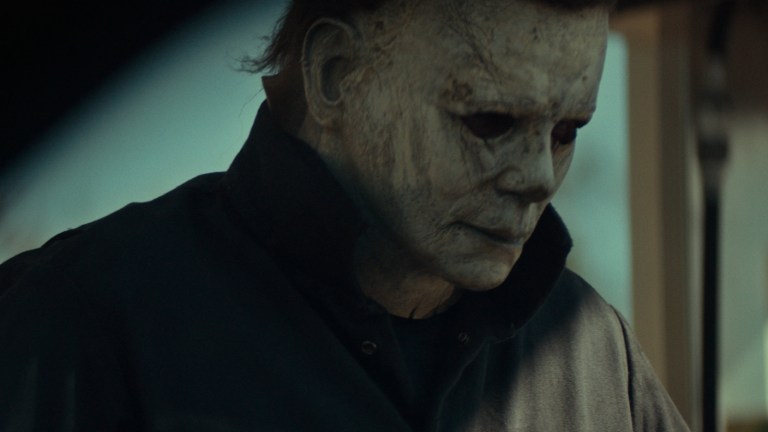
Table of Contents
If you’ve never seen a Halloween movie, jumping into the series now can be daunting. With over 40 years of history, thirteen movies, and multiple diverging timelines, you have to be dedicated to the franchise to keep it all straight in your head. Where should you start? Which movies connect to each other, and which don’t matter? Are there any that should be avoided? This guide answers all those questions and more.
Each of the first four sections of this article is dedicated to a single timeline within the branching saga of Michael Myers (aka The Shape). This way you can simply pick a timeline, read about what to expect, and watch only the movies in the series related to that particular story. For ease of use, each section has a numbered list of which movies to watch and in what order. The final section contains writeups for two movies in the franchise that work as standalone experiences.
The Modern Laurie Strode Story
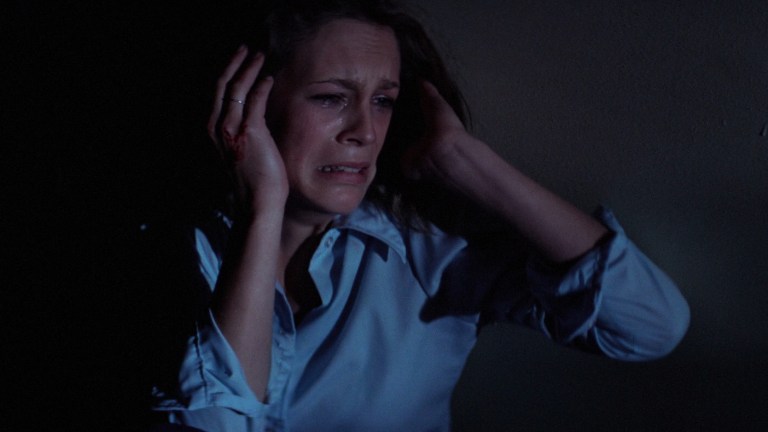
Why Watch It?
This is the best version of the Halloween story for modern audiences. You get to experience the classic of John Carpenter’s original slasher masterpiece, and you also get a modern trilogy of violent slasher movies that do a relatively good job of honoring and expanding the intent of the original. The 1978 movie is a masterwork of building tension, and the new trilogy contains very gory kills to go along with a story that is largely about the intangible effects of Michael’s actions as much or more than the physical destruction he wreaks.

Plot Description
In 1978, fifteen years after killing his sister Judith on Halloween night, Michael Myers escapes from a mental institution. After traveling to his childhood home in Haddonfield, Illinois, Michael fixates on high-school student Laurie Strode (Jamie Lee Curtis) and the people around her, leading to multiple murders before he is caught on Halloween night. Forty years later, Laurie is still dealing with the trauma of that night, and she has spent decades preparing for the day Michael comes back to kill her. Michael escapes, so Laurie and the town of Haddonfield are once again forced to deal with a very real and very dangerous boogeyman. Then, we revisit Haddonfield four years later to learn that evil has permeated the entire population.
The Classic Laurie Strode Story
- Halloween (1978)
- Halloween II (1981)
- Halloween H20: 20 Years Later (1998)
Halloween: Resurrection (2002)

Why Watch It?
This is a quick and satisfying trilogy that can easily be watched in one night. Watching this version of the Halloween story also gives you a nice snapshot of three styles of slasher movies: a suspense-oriented slasher, a fun and bloody 1980’s slasher, and a post-Scream slasher. As an aside, even though Halloween: Resurrection technically follows this continuity, please don’t watch it. Why? See its writeup in the Something Completely Different section of this article.
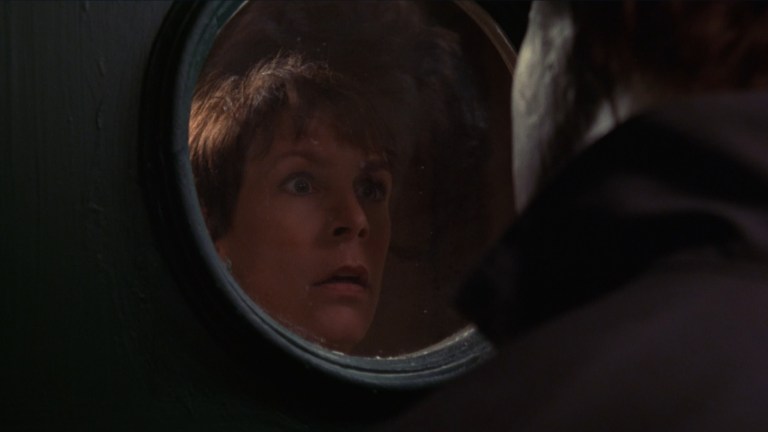
Plot Description
Halloween II takes place on the same night as the original movie, significantly extending Michael’s body count in 1978 as he searches for Laurie after she is taken to a hospital. Michael then disappears at the end of that fateful Halloween night. Some time later Laurie fakes her own death, changes her name, and goes into hiding. In 1998, Michael finally catches up to Laurie who is living a new life as the headmistress of a private boarding school in California, a school attended by her rebellious teenage son John (Josh Harnett).
The Dr. Loomis/Jamie Lloyd Story
- Halloween (1978)
- Halloween II (1981)
- Halloween 4: The Return of Michael Myers (1988)
- Halloween 5: The Revenge of Michael Myers (1989)
- Halloween: The Curse of Michael Myers (1995) – The Producer’s Cut
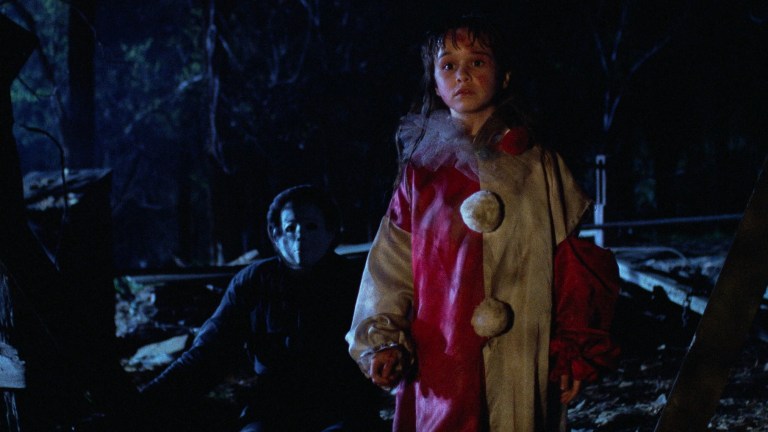
Why Watch It?
Two reasons: Donald Pleasence and Danielle Harris. Donald Pleasence is in all of the movies in this timeline as Dr. Loomis, and his magnetic presence elevates each film even if the movies themselves get progressively worse. Danielle Harris also makes a big impression in parts 4 and 5 as Jamie Lloyd, creating a beloved character that should’ve been a bigger part of the franchise. This timeline is the most complicated and disjointed, so for the best experience stop watching after Halloween 4: The Return of Michael Myers. For a dumb and possibly fun experience continue all the way through The Curse of Michael Myers.

Plot Description
A couple of years after the events of Halloween and Halloween II, Laurie Strode had a daughter named Jamie Lloyd. Laurie died in an accident a few years after that (which is never shown in the movies), and Jamie went to live with friends of Laurie’s family. A decade after the events of the first two movies, Michael awakens from a coma and searches for his young niece Jamie in 1988, and then again in 1989. Dr. Loomis helps protect Jamie, but his obsession with stopping Michael threatens to spin out of control. Then, in 1995, the secrets behind Michael’s unstoppable nature are revealed in a plot involving magic, a cult, and two different endings depending on which version of The Curse of Michael Myers you watch (The Producer’s Cut is recommended).
The Rob Zombie Reboot

Why Watch It?
Not to oversimplify, but this double-feature is for fans Rob Zombie’s style of filmmaking. It’s for people who enjoy very violent horror that makes you feel kind of bad for (or because of) all the characters involved. The first movie is a remake of John Carpenter’s 1978 original that spends a lot of time on the backstory of Michael Myers. Rob Zombie was able to be more creative in part two, taking the surviving characters into some truly wild directions that sometimes work wonderfully, and other times don’t work nearly at all.

Plot Description
Young Michael Myers (Daeg Faerch), a bullied and troubled kid, murders multiple people on Halloween night. After fifteen years in a mental institution, a hulking adult Michael Myers (Tyler Mane) escapes and goes in search of his only living relative, Laurie Strode (Scout Taylor-Compton). When his murder spree on Halloween ends, Michael escapes from an ambulance and disappears. A year later, prompted by visions of his mother, Michael sets out on a journey to once again find Laurie. Meanwhile, Laurie has had an incredibly difficult year dealing with trauma, and she is now starting to have visions of her own.
Something Completely Different
Halloween: Resurrection (2002)

Why Watch It?
Actually, there are more reasons why you shouldn’t watch Halloween: Resurrection than for why you should. Resurrection is for people who don’t like Laurie Strode and who don’t like the ending of Halloween: H20 (both of which are undone in the movies first 15 minutes of Resurrection). It’s for people who like a lot of cheese with their horror, but want it in the most MTV-influenced, early-internet-goofiness kind of way. It’s also for people who want to see Busta Rhymes make kung-fu noises while getting into a kick-fight with Michael Myers.
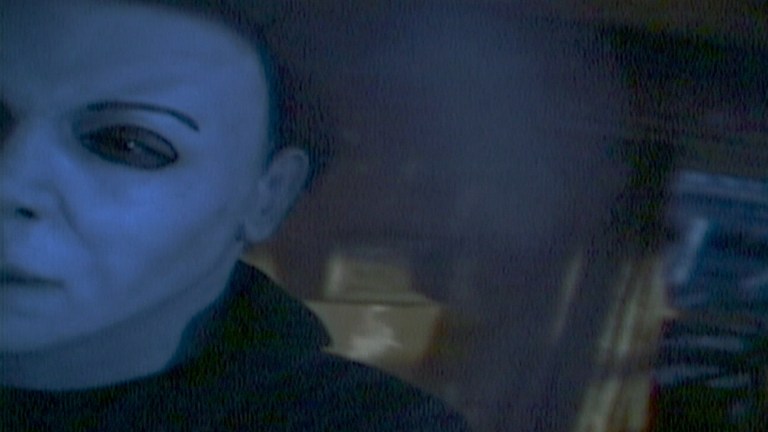
Plot Description
A group of college students take part in an internet livestream show taking place on Halloween night at the old Myers house. Each of the students wears a camera to document their investigation of clues about Michael Myers’ life, and the show is intended to be similar to a paranormal investigation show with gags set up by the show’s producers to scare the participants. Unknown to everyone, Michael Myers has come home, and he is picking off the show’s participants one by one.
Halloween III: Season of the Witch (1982)
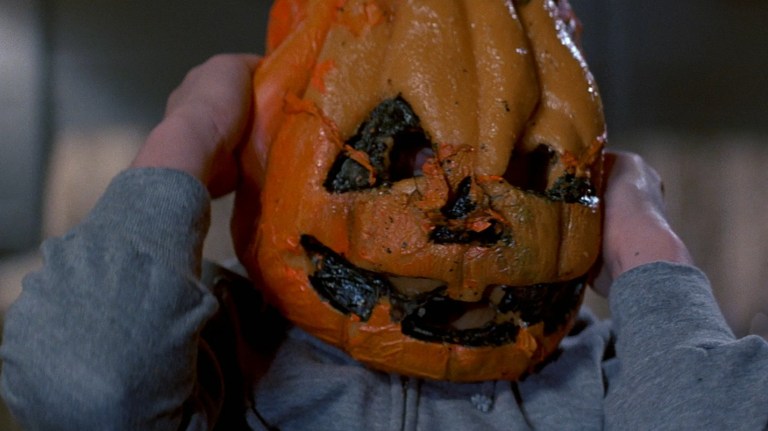
Why Watch It?
Maligned for years mainly because it doesn’t feature Michael Myers and isn’t even a slasher movie, Halloween III: Season of the Witch is still a blast. It’s a campy horror movie that mixes science-fiction and fantasy in a weird story that comes to an absolutely fantastic conclusion. When you see a person’s face blasted by a laser, bugs and snakes crawling out of a kid’s face, and a man’s head ripped clean off you’ll hopefully come to appreciate Season of the Witch as an outstanding standalone horror movie about Halloween.
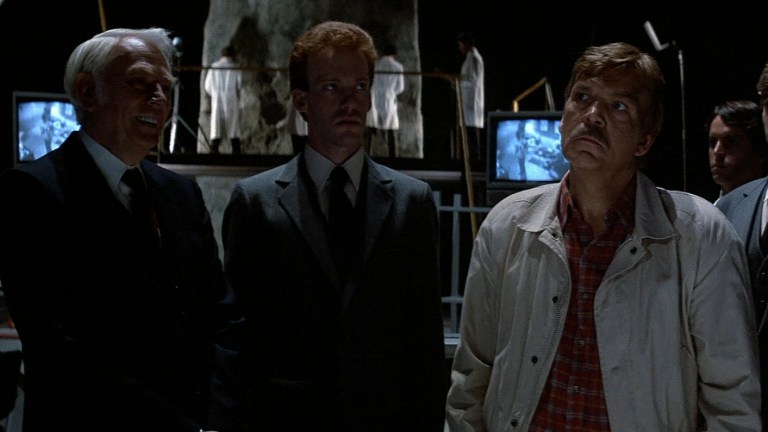
Plot Description
After Dr. Dan Challis’s (Tom Atkins) patient is murdered, Dr. Challis and Ellie Grimbridge (Stacey Nelkin), the daughter of the murdered man, investigate. They discover a nearby novelty company called Silver Shamrock and a bizarre conspiracy involving deadly masks, but they may be too late to stop a horrific massacre planned for Halloween night.
